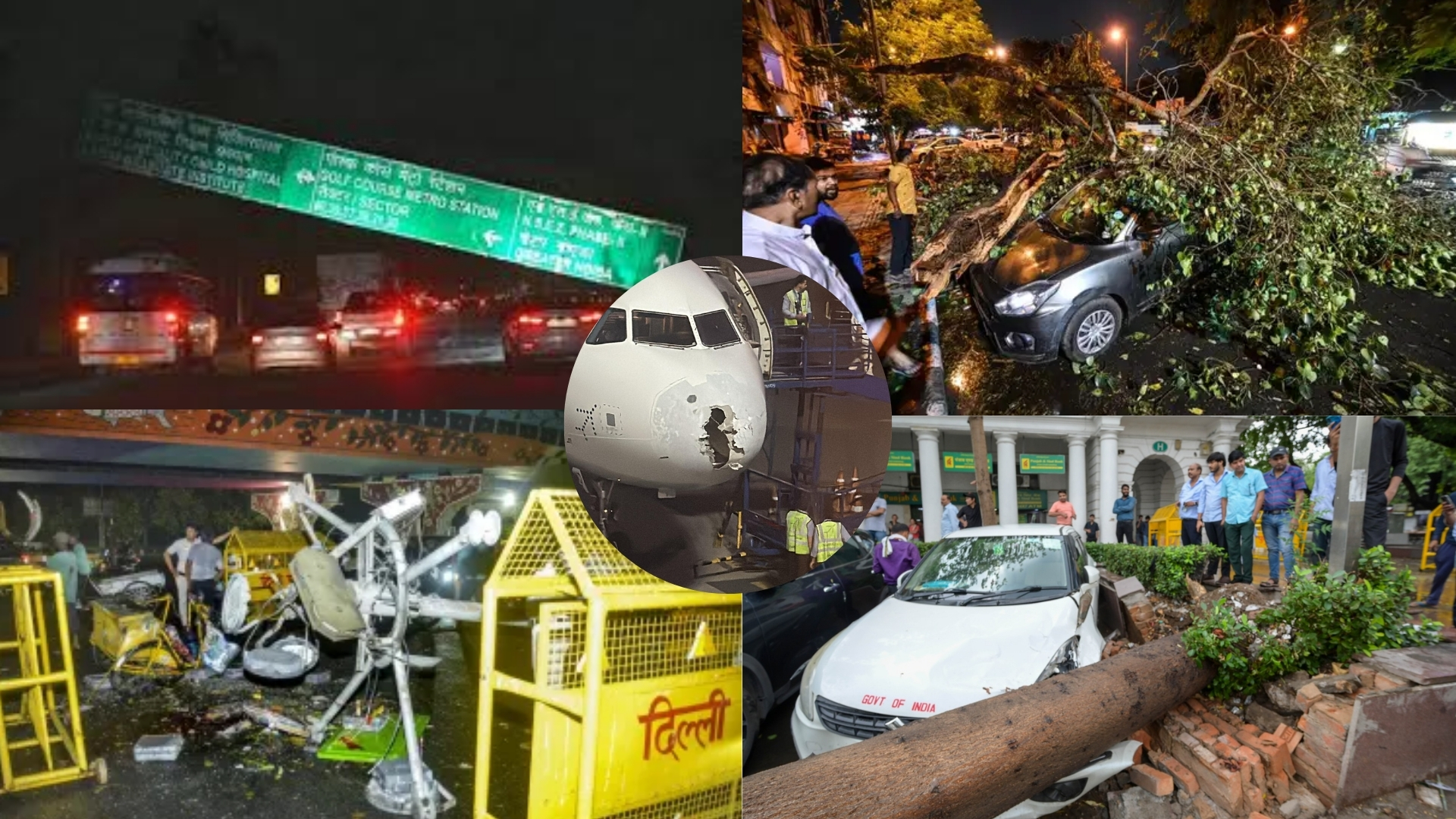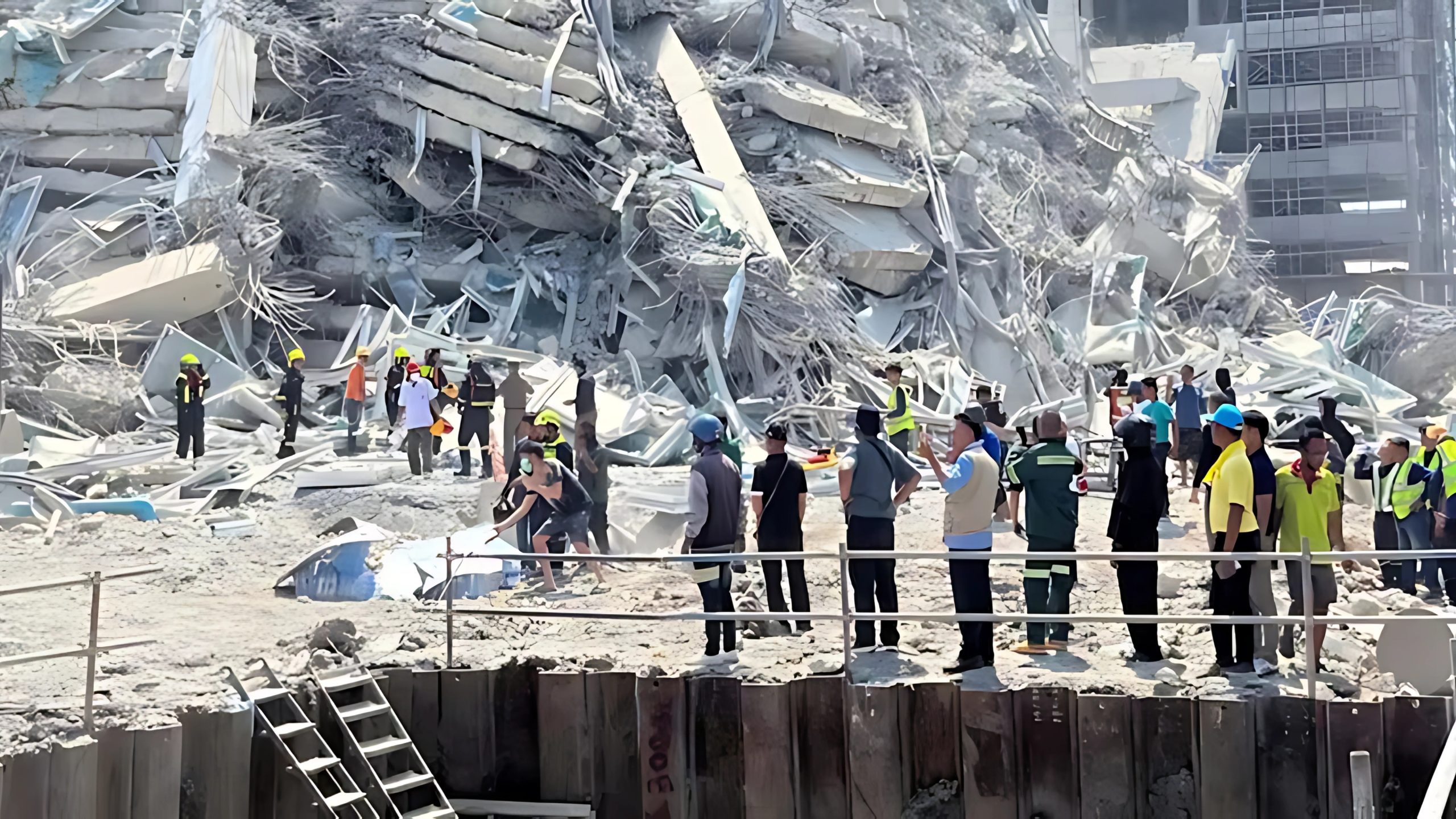
Rudraprayag flood This monsoon season arrived earlier than usual southern India was covered by June 26 and northern India by June 29, 2025 setting the stage for unusually heavy early rains . Uttarakhand, especially the hill regions like Rudraprayag, saw prolonged heavy downpours. The India Meteorological Department (IMD) issued red alerts across Rudraprayag, Uttarkashi, Dehradun, Tehri, Pauri, Haridwar and Nainital
2. Alaknanda River Surges Over 20 m
The Alaknanda River in Rudraprayag surged by over 20 meters, submerging ghats, riverfront paths, small temples, and allegedly a 15-foot Lord Shiva statue beneath Belni Bridge Images and video show this idol partly submerged, offering a stark reminder of nature’s force.

3. Impacts on Local Infrastructure
The floods washed away riverbank steps, shrines, and footpaths. Roads and bridges suffered damage. Landslides triggered by cloudbursts and destabilized slopes—added to existing road blockages, cutting off access to remote areas
4. Human Toll: Lives, Pilgrims, and Workers Affected
In June alone, Uttarakhand recorded 65 monsoon-linked deaths double the previous year with 20 from natural disasters and landslides, and 45 from road accidents. One devastating case involved a Char Dham pilgrim bus plunging into the Alaknanda after colliding with a truck, killing five and leaving seven missing In Uttarkashi, construction workers died in a cloudburst-triggered landslide; two died and seven remained missing

5. Pilgrimage Disruptions: Char Dham Suspended
Pilgrimage to Kedarnath, Badrinath, Yamunotri, and Gangotri has been paused. Roads into Rudraprayag and Srinagar were closed, and pilgrims halted until weather stabilizes. Mandakini’s swelling has added danger to the already treacherous route.
6. Disaster Response in High Gear
Multiple agencies IMD, NDRF, SDRF, police, civil administration, and Indian Army are on high alert. Rescue and evacuation operations are active along landslide-affected highways and flooded zones. This follows strategies similar to “Operation Surya Hope,” used during 2021, which focused on rapid aid and evacuations in the Rudraprayag Kedarnath corridor .
7. Geological Risks & Calls for Preparedness
Uttarakhand’s terrain is naturally susceptible to slope failures. But rapid, unplanned road-widening has destabilized hillsides, leaving loose debris primed for landslides. Experts point out that monsoons intensify landslide risks by disrupting slopes’ natural angle of repose. Repeated incidents in Uttarkashi, Nainital, Bageshwar, and even within Dehradun highlight systemic failures in infrastructure planning.
8. Historical Echoes: 2013 Flash Floods
The 2013 North India floods were catastrophic 375% above average rainfall, glacier melt, and severe flash floods devastated Rudraprayag, claiming thousands of lives and wiping out infrastructure. The current situation is raising concerns about whether lessons were truly learned from that tragedy.
9. Safety Tips & Community Response
- Steer clear of riverbanks and avoid unnecessary travel in red‑alert zones.
- Stay tuned to IMD weather bulletins and local government advisories.
- Keep emergency contact numbers, torch, water, and first-aid at hand.
- Support immediate relief efforts by donating via trusted channels.
Community-level quick-response teams have been established, but residents stress the need for permanent solutions stable slopes, strengthened drains, and proactive infrastructure planning









